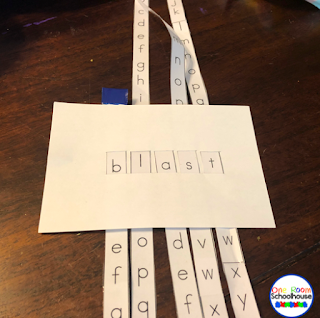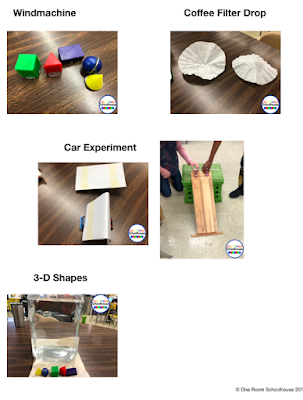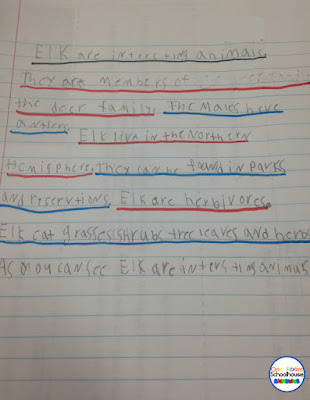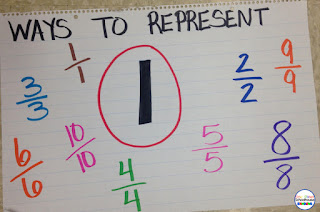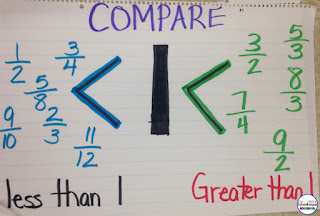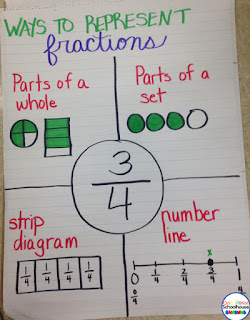I have finally made a breakthrough with my students and I wanted to share it with you all. I am so excited because I have 2, 5th-grade students who are finally starting to make really good progress in reading fluency.
They are like many students you teach. They know their letter sounds but still confuse some vowels. They know how to blend words together. The problem is they can't do it all at the same time to read fluently. Sound familiar?
Background
Let me give you a bit of background on my two students. Student A is LD in ELA. Last year he averaged 35 words per minute on the 1st-grade level. Student B is ID (IQ below 70). Last year he averaged 14 words per minute on the 1st-grade level.
My students biggest complaints about the reading programs we use are they are very boring. They think the stories are stupid. They are repetitive and have no storyline. Even though they want to read, they just can't into the stories. I decided there has to be a better way. I spent my summer working on a program just for these two boys.
Progress
I started this program with my 2 boys just a few weeks ago. They have only completed 14 lessons so far, but I have already seen a huge growth in their reading. Before we began the program, Student A read 34 wpm on the 1st-grade level and Student B read 14 wpm. Both picked up right where they left off last year. After 2 weeks of intervention, Student A increased his rate to 44 wpm and Student B increased to 23 wpm. This is more than their highest scores last year!! After 4 weeks of instruction, Student A has increased to 58 wpm. This is a 71% increase in his fluency!! Student B's rate increased to 25 wpm. This is a 78% increase for him. They are so excited about their progress in reading! I can't wait to see where they are at the end of the year.
Challenges
-boring/babish texts
-easily decodable
-teach missing skills
-no carryover of skills/strategies to new texts
That's a lot to figure out which is why we are all in the same boat.
Program
I decided to jump in and give it a shot. I figured nothing else has worked, so we really don't have anything to lose.
I began with reviewing letter sounds and having very controlled text. I told the kids to hang in there with me and trust me. The first 7 lessons are "boring" texts that they are used to reading. You know the stories about Meg and Peg. They like to play tag. But starting on lesson 8, I begin nonfiction texts. They are simple, but it's real information. I also underline chunks of words to help students know how to read words with more than one syllable.
Here's a breakdown of the lessons.
Students begin with a phonemic awareness activity. I have been absolutely amazed at the skills my kids found difficult. We have worked really hard on building phonemic awareness.
Then, we work on a phonics skill. In this lesson, we are working on the /ar/ sound.
Then we move into word building. Each activity is short and to the point. My kids have a very short attention span so we need to keep moving and switching activities every few minutes. The last few phrases are dictated to the students and they record it on their daily worksheet.
Next, we read hard words. Words that we haven't learned the phonics rule for or words that cannot be sounded out. These are words that appear in the text more than once.
Then, we practice reading words that follow the phonics rules we know. Several words have been chunked to help the kids decode them.
Fluency phrases are just a few phrases from the story. By now, we have reviewed most of the text in the story.
Finally, we read the text. On the teacher's page, there are questions built in along with a practice game to help work on fluency. We read the story 3 times. The first time, we read it straight through. The second time, I stop and ask questions. The third time, they read it completely by themselves. If you have several students, they could read with a partner.
Here are the student pages that go with this lesson. (I've even included answer keys.)
I have been blown away by the results I'm seeing with my kids. The program is very simple, yet it seems to be very beneficial for my kids. You can find the first 20 lessons in my store. I would love to know how your students do with it.
Best of luck!















